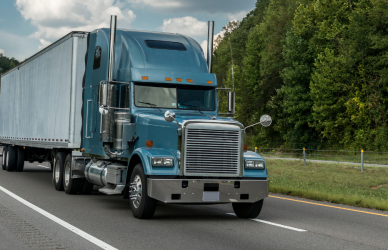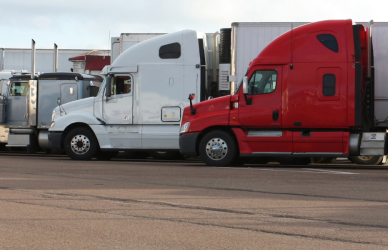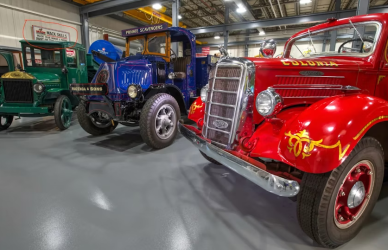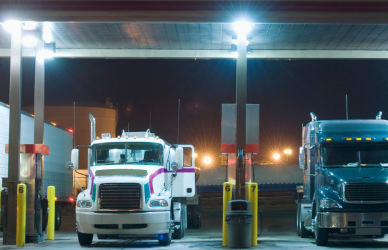Climate change and how the transportation system contributes to it is very important. Fleet Owner reported that fleets need to start exploring some of the powertrain options for a few different reasons. The future of transportation will include cleaner freight movement throughout the country – what that source of power will be remains to be seen. Given the existing trade cycles and supply chain issues with getting new vehicles to fleets, diesel-powered vehicles are likely to continue supplying freight for years to come.
There are a few places carriers can collect resources to discern where to start.
The North American Council for Freight Efficiency (NACFE) report explains the implementation of battery electric vehicles into operations and gives a case for terminal tractors. The results showed that “in the terminal tractor market segment the technology is mature enough for fleets to be making investments in production battery electric terminal tractors.” They are a good fit for where the process battery-electric technology is at today. If they travel a few miles a day and stay close to home or a fleet yard for charging, all will go well.
While an electric terminal tractor is more expensive than a diesel-powered counterpart, there are incentives to help offset the cost difference – and the cost of batteries is continuing to drop.
Fleet Owner reported, “it is easy for fleet managers and fleet maintenance managers to keep a close eye on their terminal tractors to check operational performance and get direct feedback from drivers.” They can do all of this without worrying about where and how the vehicles will charge—just plug it into the yard’s existing power. There are regulations and pressures from the public that have been encouraging the trucking industry to find ways to improve greenhouse gas emissions and reduce its carbon footprint.











